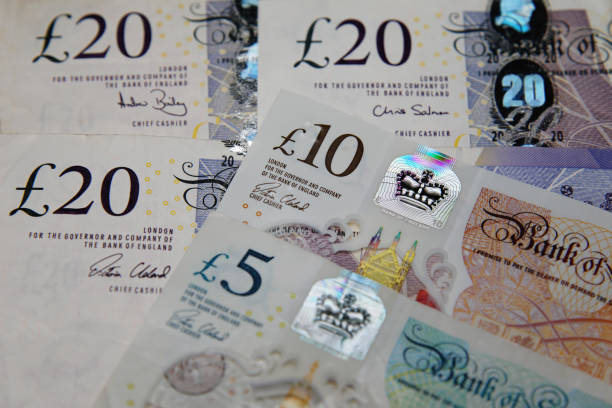In the realm of global economics, the dominance of the U.S. dollar has long been unchallenged. Serving as the world’s primary reserve currency, the dollar’s supremacy has underpinned global trade, finance, and investment for decades. However, amidst the complexities of geopolitics and economic shifts, the stability of this dominance faces a significant threat: American dysfunction.
In the realm of global economics, the dominance of the U.S. dollar has long been unchallenged. Serving as the world’s primary reserve currency, the dollar’s supremacy has underpinned global trade, finance, and investment for decades. However, amidst the complexities of geopolitics and economic shifts, the stability of this dominance faces a significant threat: American dysfunction. This article delves into the various facets of American dysfunction and its implications for the future of the dollar’s hegemony.
Understanding Dollar Dominance

This image is taken from google.com
The status of the U.S. dollar as the global reserve currency has been rooted in several factors. Firstly, the sheer size and strength of the American economy have historically provided a solid foundation for confidence in the dollar. Additionally, the liquidity of dollar-denominated assets, the depth of U.S. financial markets, and the stability of American political institutions have all contributed to its preeminence. Central banks worldwide hold significant reserves in dollars, and international transactions are predominantly conducted in this currency.
The Rise of American Dysfunction
However, beneath the surface of economic might lies a landscape increasingly marred by dysfunction. Political polarization, legislative gridlock, and institutional erosion have become defining features of American governance. The inability to address key structural challenges such as rising debt levels, crumbling infrastructure, and growing income inequality has raised concerns both domestically and internationally.
Impact on Dollar Dominance
American dysfunction reverberates globally, shaking the foundations of dollar dominance. Uncertainty surrounding U.S. fiscal policy, exacerbated by frequent government shutdowns and partisan standoffs over budgetary matters, undermines confidence in the dollar as a safe-haven asset. Foreign investors, wary of political instability and policy unpredictability, may seek alternatives to dollar-denominated assets, diversifying their portfolios to mitigate risks.
Geopolitical Implications
Moreover, the perception of American dysfunction weakens the geopolitical influence traditionally associated with dollar hegemony. As the United States grapples with internal strife and governance challenges, rival powers such as China seek to capitalize on perceived vulnerabilities. Efforts to internationalize the yuan, bolster regional economic alliances, and promote alternative payment systems like digital currencies challenge the dollar’s hegemonic status and offer alternative pathways for global economic integration.
Comparative Analysis: Dollar versus Competing Currencies
| Factor | U.S. Dollar | Euro | Chinese Yuan |
|---|---|---|---|
| Economic Stability | Historically stable, but threatened by dysfunction | Stable, but faces challenges within the Eurozone | Subject to government intervention and control |
| Market Depth and Liquidity | Deep and highly liquid financial markets | Relatively deep, but less liquid than the dollar | Expanding, but still developing financial markets |
| Reserve Currency Status | Dominant global reserve currency | Secondary reserve currency within the IMF | Emerging as a potential reserve currency |
| Geopolitical Influence | Traditionally strong influence on global affairs | Limited to the Eurozone, lacks global reach | Growing influence regionally and internationally |
| Institutional Robustness | Erosion of institutional strength and credibility | Institutional challenges within the Eurozone | Centralized control raises concerns about autonomy |
Conclusion
In conclusion, the threat to dollar dominance posed by American dysfunction is a multifaceted challenge with far-reaching implications. While the dollar’s supremacy remains largely unchallenged in the near term, persistent governance failures and geopolitical shifts could gradually erode its position on the global stage. As competing powers maneuver to reshape the international economic order, the trajectory of dollar dominance will depend on the United States’ ability to address internal challenges and adapt to an evolving geopolitical landscape.
















